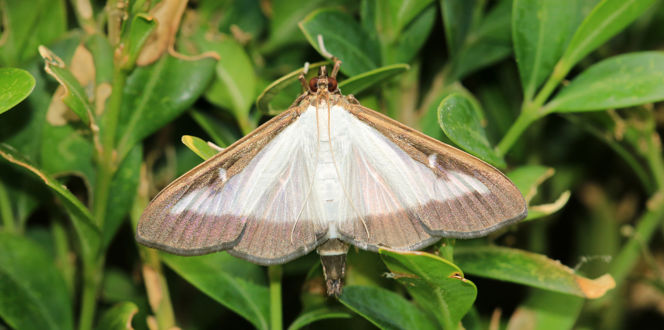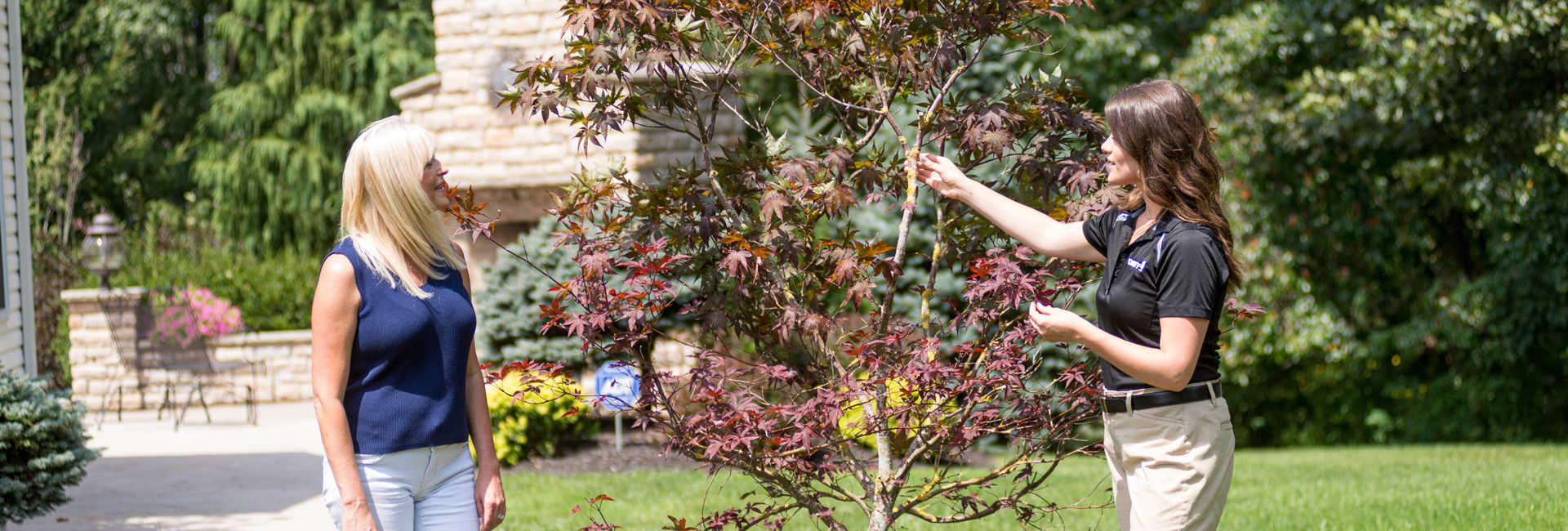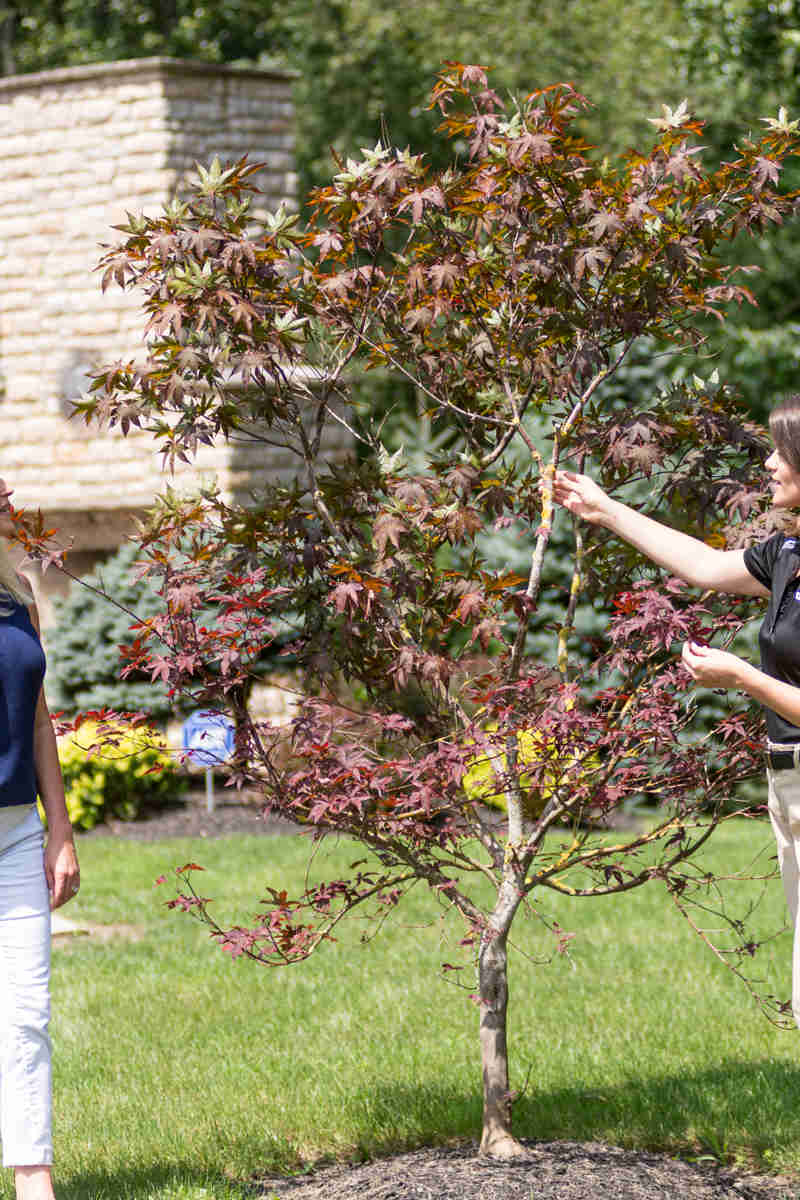Bronze Birch Borer Description:
The bronze birch borer (Agrilus anxius) is a destructive beetle that feeds on birch trees. Signs of this pest include off-color and sparse foliage in the upper canopy of the birch tree, dead branches in the upper crown, and swollen ridges on the trunk and branches. Small, D-shaped holes in the bark are the exit points of the adult beetle.
Hosts:
This borer feeds on birch trees weakened from drought, poor growing conditions, or other insect infestations, such as birch leafminer. European birch, Betula pendula, is highly prone to borer attack. The native paper birch (Betula papyrifera) is less susceptible, but not immune.
Biology & Symptoms:
Borer larvae make long, winding tunnels under the bark. This disrupts the vascular tissues, causing the trunk or branch to die from a lack of water and nutrients.
Bronze Birch Borer Treatment & Management:
Applications in early to mid-spring can reduce further borer infestations. Applications need to be made on rough areas of the bark on the main trunk and limbs, and especially at branch-trunk ridges. However, do not expect to control larvae that are already inside the tree. A recent treatment involves using a soil-injected product in late summer/fall or early spring to reduce borer damage during the next growing season. When considering planting a birch tree, select well-drained, sandy, or loamy soil. Birches struggle in clay soils. Keep the tree healthy by proper fertilizing, watering, mulching, and managing other insects and diseases. Fertilizing can increase a birch’s tolerance to borer attack and help it overcome previous borer damage. Plant more tolerant species such as native paperbark, Betula papyrifera.





